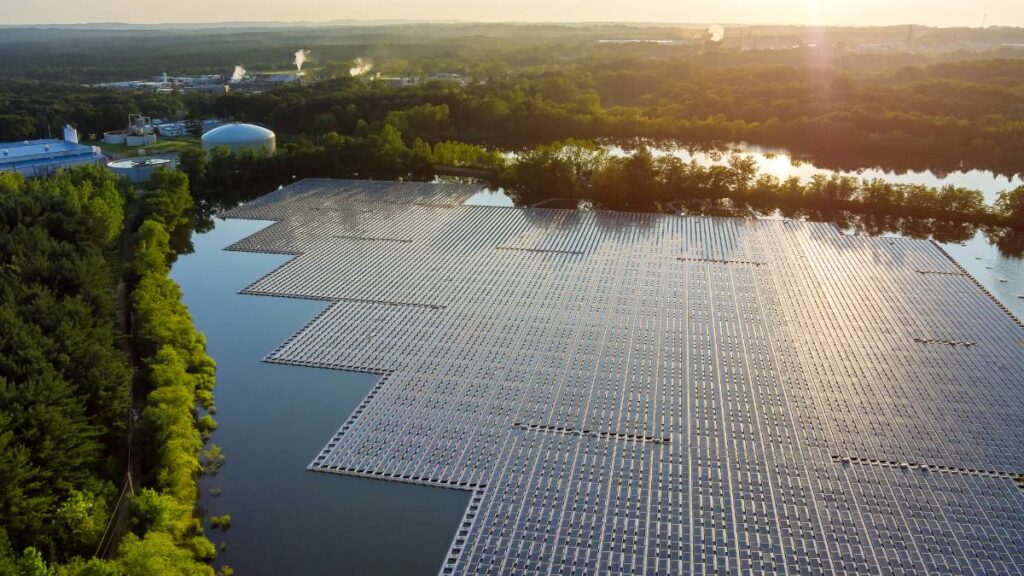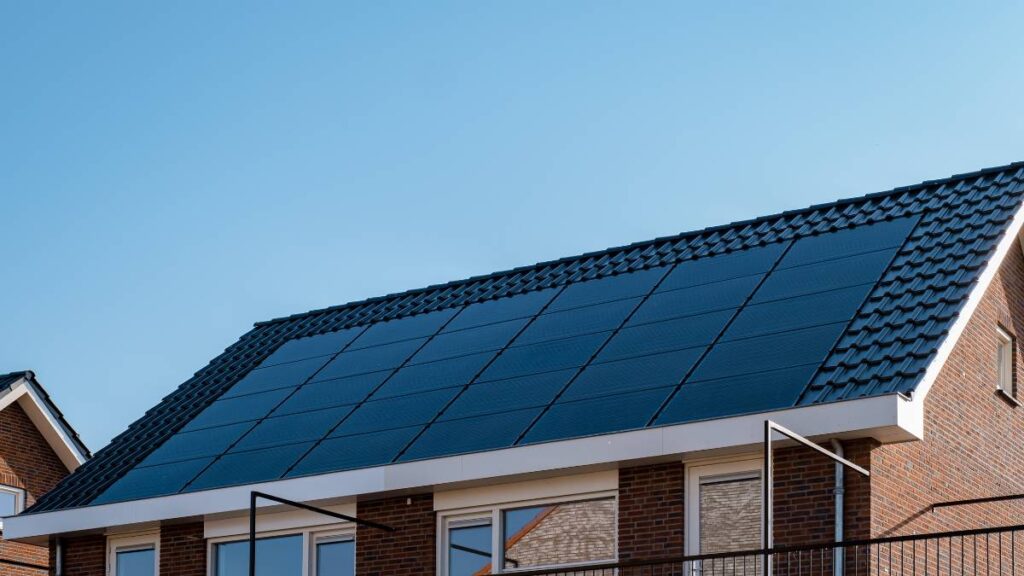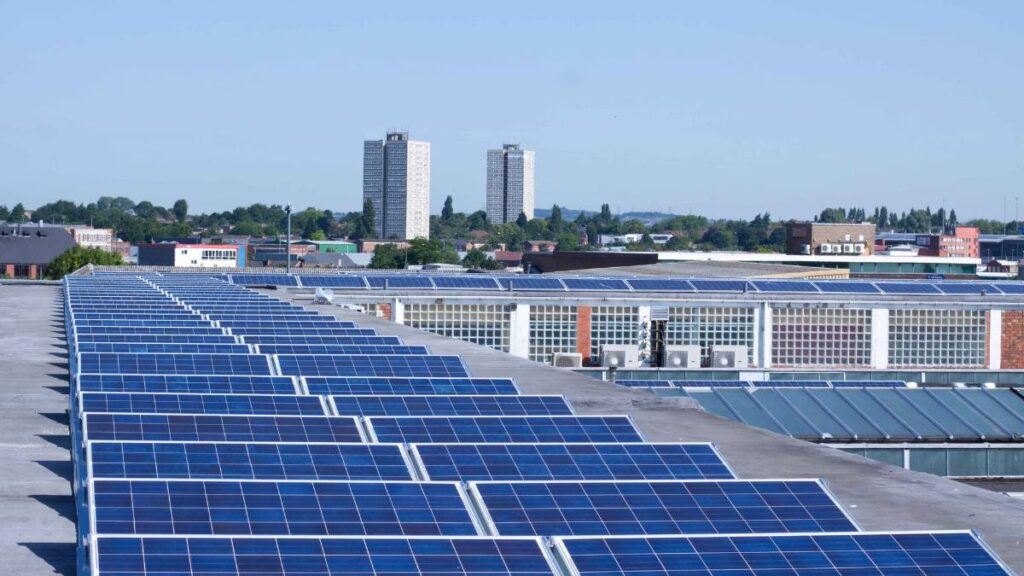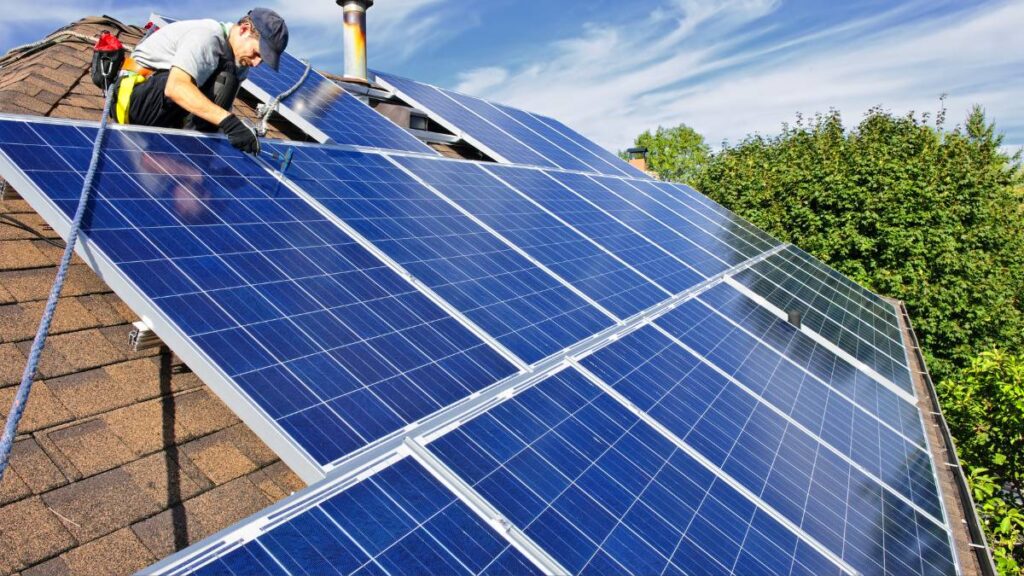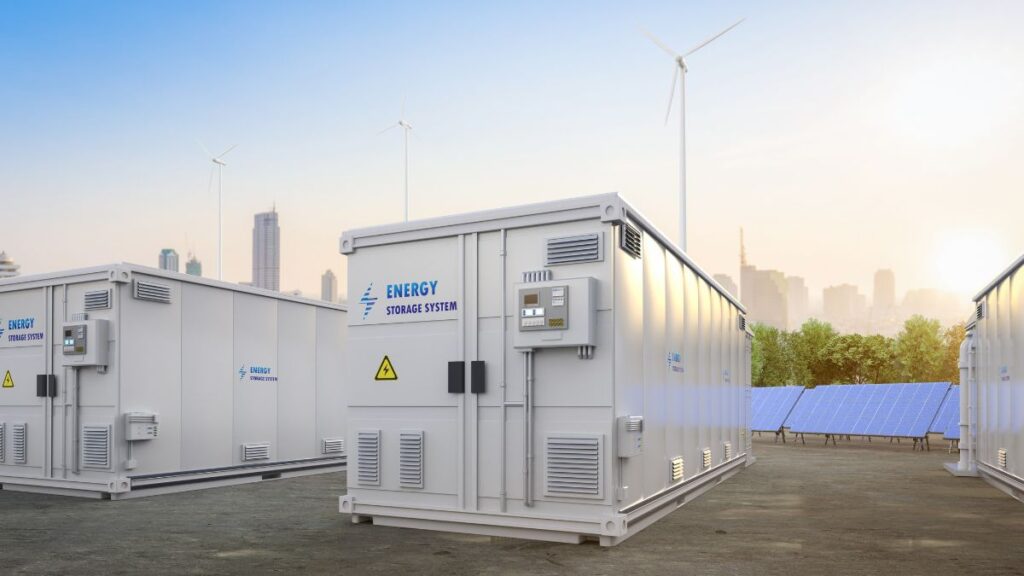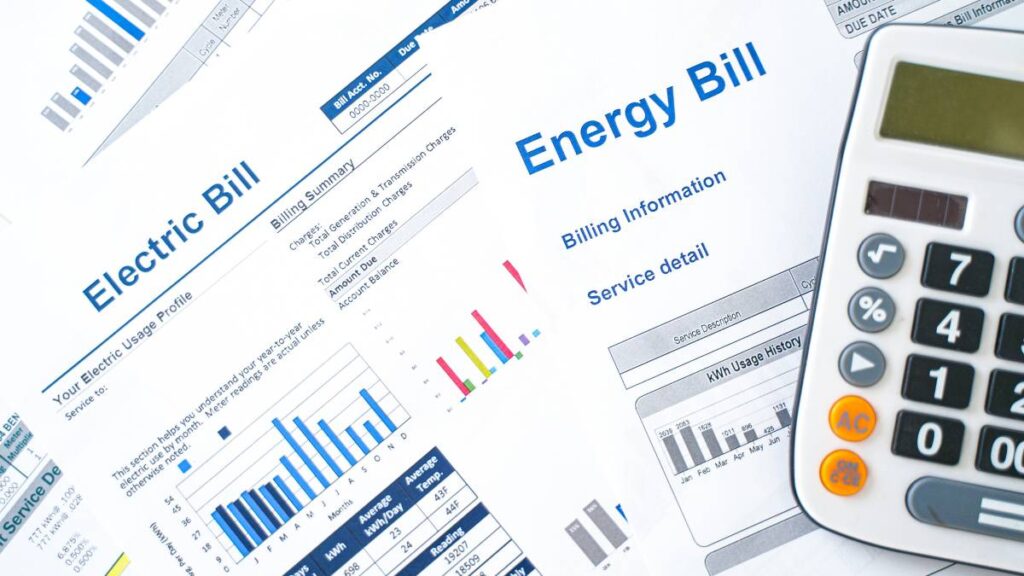Floating solar farms, also known as floatovoltaics, represent an innovative convergence of water management and renewable energy technology. By installing solar panels on floating structures in water bodies, these systems harness sunlight to generate clean electricity while conserving valuable land space. This article explores the concept, benefits, challenges, and potential of floating solar farms in the global renewable energy landscape.
The Concept of Floating Solar Farms
Floating solar farms, or ‘floatovoltaics,’ epitomize an inventive merger of solar photovoltaic technology with aquatic systems. At the core of this concept are solar panels mounted on buoyant structures that allow them to float on water bodies such as lakes, reservoirs, and calm sections of rivers. These key components – the solar panels and floating platforms – are engineered to withstand the aquatic environment while efficiently converting sunlight into electricity.
Historical Development and Popularity
The journey of floating solar technology began in the early 2000s, but it has gained significant momentum in the last decade due to advancements in technology and an increased focus on sustainable energy solutions. The appeal of floating solar farms has grown as they address land-use concerns, particularly in densely populated or agriculturally intensive regions where land availability for solar farms is limited.
Global Reach and Examples
Floating solar has achieved a global footprint, with installations proliferating across various continents. For instance:
- Japan: One of the pioneers in floating solar technology, Japan has numerous floating solar plants, including one of the world’s largest on the Yamakura Dam reservoir.
- China: Home to Huainan Floating Solar PV Park, the largest floating solar farm in the world in Anhui province, China has aggressively expanded its capacity, taking advantage of its large man-made lakes and reservoirs.
- Europe and the USA: While slower to adopt, countries like the United Kingdom, France, and the United States have begun exploring and implementing floating solar projects to complement their renewable energy portfolios.
By marrying solar power technology with water-based installations, floating solar farms not only generate clean energy but also present a novel solution to the spatial constraints faced by traditional solar farms, marking a significant evolution in the realm of renewable energy sources.
Benefits of Floating Solar Farms
- Efficient Land Use: By utilizing water surfaces, floating solar farms free up land for agricultural, residential, or natural uses, making them particularly valuable in densely populated or land-scarce regions.
- Water Conservation: The shade provided by solar panels reduces water evaporation from reservoirs, helping to conserve water resources, which is crucial in arid climates and areas prone to drought.
- Improved Panel Efficiency: The cooling effect of water helps to lower the temperature of the solar panels, improving their efficiency and performance compared to land-based installations.
Challenges and Considerations
- Environmental Impact: Potential impacts on aquatic ecosystems and water quality need careful assessment and management. Concerns include altering the habitat for aquatic life and affecting water temperature and oxygen levels.
- Technical and Economic Hurdles: Developing and deploying floating solar systems can involve higher initial costs and technical challenges, including anchoring, electrical safety, and maintenance in aquatic environments.
- Site Suitability: Not all water bodies are suitable for floating solar farms. Factors like water depth, stability, and local climate conditions play a critical role in determining the feasibility and design of these installations.
Sustainable Integration
As renewable energy targets become more ambitious, floating solar farms are set to play an increasingly important role. Integrating these systems with hydroelectric facilities represents a particularly promising avenue, allowing for hybrid renewable energy plants that can provide more consistent and controllable power output.
Ongoing Research and Development Efforts
To maximize the potential of floating solar farms, significant research and development are underway, focusing on enhancing the technology’s efficiency, cost-effectiveness, and environmental compatibility.
- Development of Cost-Effective and Durable Floating Platforms: Innovations in materials and design are leading to the creation of more affordable and robust floating structures. These advancements aim to reduce the cost of floating solar systems while extending their operational lifespan and ensuring stability in various aquatic conditions.
- Integration with Advanced Energy Storage Solutions: Pairing floating solar farms with cutting-edge energy storage technologies, such as lithium-ion batteries or flow batteries, is a key area of development. This integration aims to balance the intermittent nature of solar power, ensuring a steady and reliable energy supply, and enhancing the overall efficiency of renewable energy systems.
- Exploring Co-location with Aquaculture and Other Water Uses: Researchers are investigating the dual-use of water bodies for both solar energy generation and aquaculture, known as “aqua-voltaics.” This approach seeks to harmonize renewable energy production with sustainable fish farming, potentially increasing the economic viability of floating solar projects. Additionally, the co-location with other water uses, like recreational areas or water treatment facilities, is being explored to maximize the utility of water bodies.
Future Outlook
The trajectory of floating solar technology is set towards broader adoption and integration into the global energy mix. As research continues to address the current limitations and explore innovative uses, floating solar farms are poised to become a more prominent and versatile player in the renewable energy sector. The ability to combine clean energy generation with water conservation and other aquatic applications offers a multifaceted approach to sustainable development.
Conclusion
Floating solar farms offer a promising and innovative approach to scaling up solar energy production without compromising valuable land resources. By addressing the associated environmental and technical challenges, this technology can significantly contribute to the global transition towards sustainable and renewable energy sources. As research and development continue to advance, the future of floating solar farms shines brightly on the horizon of renewable energy solutions. How will this floating innovation reshape our approach to renewable energy in the coming years?

